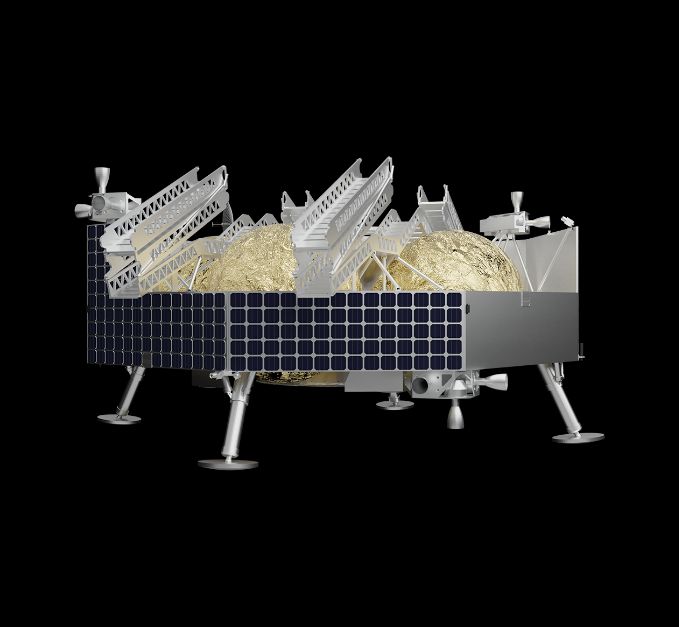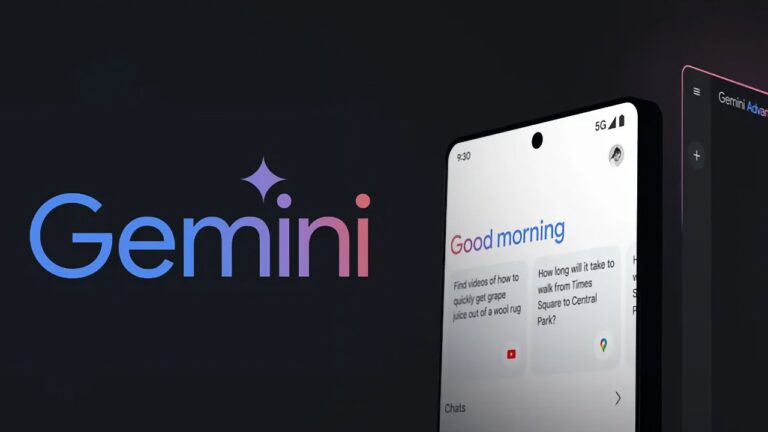
Astrobotic: Overcoming Challenges and Reaching for the Moon
In the dynamic world of space exploration, few places are more exciting than the race to the Moon. Ever since humanity first set foot on the lunar surface in 1969, the dream of returning and exploring more remains alive. But as thrilling as space travel can be, it’s not without its challenges. One of the companies at the forefront of this journey is Astrobotic, based in Pittsburgh. However, 2023 has been a tough year for them, replete with setbacks and unexpected changes. But what does that mean for the future of lunar exploration and Astrobotic’s mission?
The Rise and Challenges of Astrobotic
Astrobotic was founded with the goal of making space more accessible to everyone. Their lunar lander, Peregrine, was designed to carry payloads to the Moon, helping scientists, explorers, and even businesses fulfill their lunar dreams. Imagine being a scientist who wants to send experiments to the Moon—Astrobotic made that a real possibility! However, after a hopeful launch, things took an unfortunate turn. Shortly after it blasted off, Peregrine experienced a propellant leak. This leak prevented the lander from completing its mission to touch down on the lunar surface. Oops, right?
Not long after that, another bump on the road appeared. NASA had originally planned to use Astrobotic’s larger Griffin lander to deliver a mission called VIPER, which was set to explore the Moon’s south pole in search of ice and water sources. This would have been an incredibly valuable mission, providing essential data for future lunar colonization. However, in a surprising turn of events, NASA canceled this mission. The reasons? Cost concerns and readiness issues. This news was undoubtedly disappointing for Astrobotic and anyone dreaming of lunar exploration powered by their technology.
Keeping the Spirit Alive
Despite these setbacks, John Thornton, the CEO of Astrobotic, has remained incredibly optimistic. His belief lies in the importance of supporting NASA’s commercial lunar program, which aims to create partnerships with private companies to help push boundaries in space exploration. Thornton isn’t just looking back at what didn’t work; instead, he’s channeling his energy into what can work in the future.
The truth is, space is challenging, and setbacks come with the territory. You can think about it like this: when you’re taking on a tough project in school or navigating the details of a difficult video game, failure is part of learning. Each time we fail, we gain insight and experience that help us improve the next time. Similarly, for companies like Astrobotic, each challenge presents an opportunity to learn.
A New Direction for Griffin
Astrobotic is not resting on its laurels. Instead, they are actively seeking alternative payloads for their Griffin lander. This big, robust lander can carry over half a ton (that’s about the weight of a small car!) to the lunar surface. That’s a lot of weight! It means Griffin could potentially carry many different payloads or materials that various organizations want to test on the Moon.
The exciting part? Griffin is expected to launch within the next year. This puts Astrobotic back on track, gearing up for success while keeping one eye firmly on the future of lunar exploration. It inspires us to think about adaptability. When life throws curveballs, how do we change our game plan? Do we give up, or do we get creative? Astrobotic chooses the latter!
A New Frontier with FLIP
While Astrobotic has been regrouping, another company, Venturi Astrolab, has been making impressive strides in lunar exploration as well. They are working on an innovative lunar rover project known as FLEX. Their collaboration with NASA and SpaceX for a planned launch in 2026 showcases the growing partnership between space agencies and private companies. This partnership is just like how teamwork in group projects can lead to greater success!
Moreover, Venturi Astrolab plans to utilize Griffin’s massive payload capacity to transport their next-generation rover, called FLIP. This new rover is designed to withstand the harsh conditions of the Moon’s surface while testing a variety of lunar technologies. The more we understand the Moon’s terrain and environment, the better prepared we are for future missions, including potential human settlement.
Imagine exploring the Moon in a rover, taking samples, and sending data back to Earth—it’s like being a real-life astronaut explorer! Every team member has a role, and every rover, lander, and mission contributes to our understanding of space.
Embracing the Future
As we look at the changing landscape of lunar exploration, it’s evident there’s a vibrant community filled with innovation, passion, and a determination to reach beyond what we know. Astrobotic faces its challenges head-on while maintaining a strong commitment to their mission of supporting the broader goals of lunar exploration. The commitment from various companies, such as Venturi Astrolab, highlights the spirit of collaboration that is crucial for success in space.
In a world where challenges often feel overwhelming, the story of Astrobotic and their perseverance serves as a reminder. Creating new opportunities out of difficult circumstances is vital. Every setback can pave the way for a new adventure.
What Lies Ahead?
So, what does the future hold for Astrobotic, Griffin, and the world of lunar exploration? Will they successfully launch Griffin and help pave the way for exciting new developments on the Moon? As high school students, you could become the engineers, scientists, or astronauts of tomorrow who will make history. With the rapid advancements in technology and a renewed focus on space exploration, the possibilities are endless.
As you think about the challenges faced by Astrobotic and other companies in this field, consider your own journeys. What challenges have you faced, and how did you overcome them? Share your thoughts in the comments below! What are your hopes for space exploration, and how do you see yourself playing a role in it? Let’s start the conversation!






